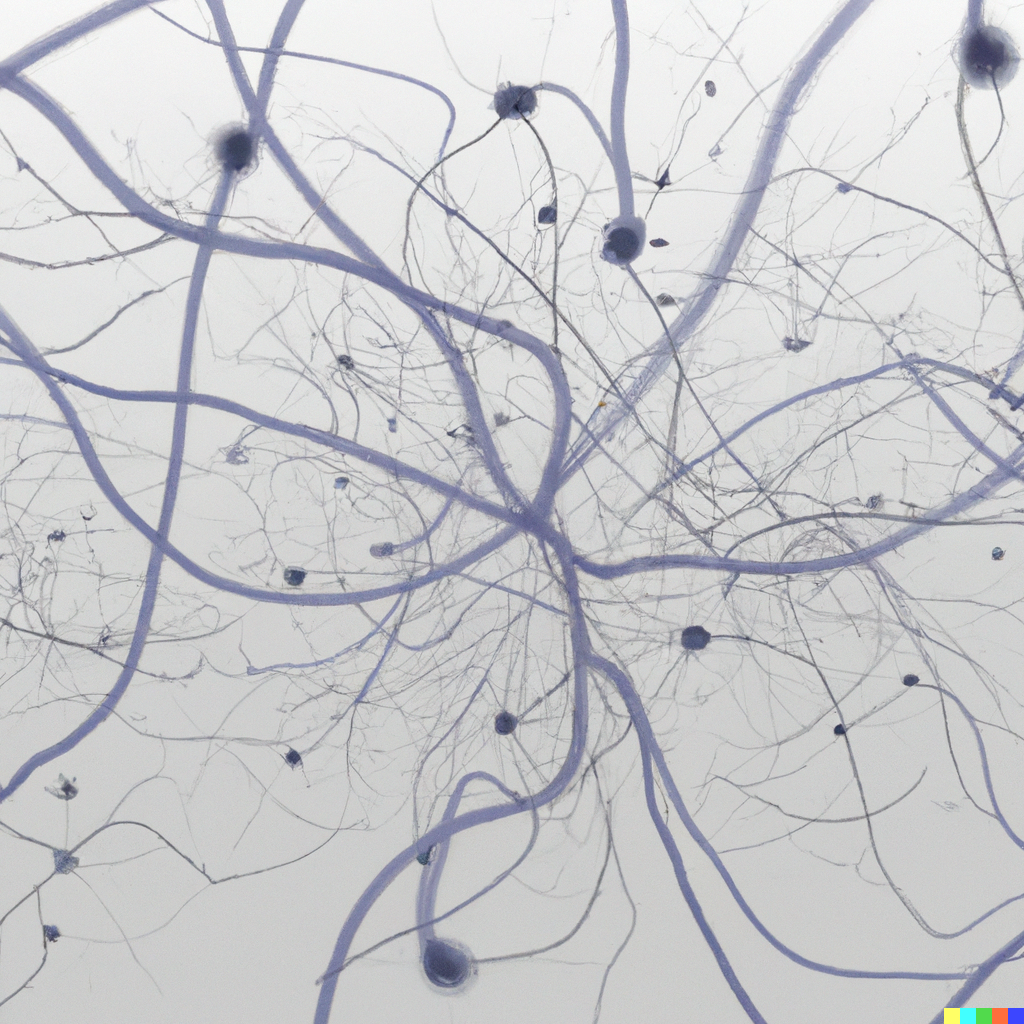- Define the task: The first step is to define the task that the chatbot or NLP model will be trained for. This could be something simple like responding to user input with pre-defined responses, or something more complex like generating personalized responses or performing language translation.
- Collect and preprocess data: Next, you’ll need to collect and preprocess data to use for training the model. This typically involves collecting large amounts of text data (such as conversations or articles) and then preprocessing it to extract relevant features and prepare it for training.
- Choose a model architecture: There are many different types of NLP models to choose from, ranging from simple rule-based systems to more complex deep learning models. You’ll need to decide which type of model is best suited for your task.
- Train the model: Once you have your data and model architecture ready, you can begin training the model using various machine learning algorithms. This typically involves feeding the model large amounts of data and adjusting the model’s parameters to minimize the error between the predicted output and the ground truth.
- Evaluate the model: After training the model, it’s important to evaluate its performance on a separate test dataset to see how well it generalizes to new data. This will help you identify any weaknesses in the model and guide further improvements.
- Fine-tune and improve the model: Based on the results of the evaluation, you may need to fine-tune the model and try different approaches to improve its performance. This could involve adjusting the model architecture, changing the training data, or using different optimization algorithms.
import pandas as pd
import nltk
import string
from sklearn.model_selection import train_test_split
from tensorflow.keras.preprocessing.text import Tokenizer
from tensorflow.keras.preprocessing.sequence import pad_sequences
from tensorflow.keras.layers import Embedding, LSTM, Dense, Dropout, Bidirectional
from tensorflow.keras.preprocessing.text import Tokenizer
from tensorflow.keras.models import Sequential
from tensorflow.keras.optimizers import Adam
from tensorflow.keras import regularizers
# Download necessary NLTK packages
nltk.download('punkt')
nltk.download('wordnet')
# Read in the dataset
df = pd.read_csv('dataset.csv')
# Convert the text to lowercase and remove punctuation
def process_text(text):
text = text.lower()
text = ''.join([c for c in text if c not in string.punctuation])
return text
# Tokenize the text
def tokenize(text):
return nltk.word_tokenize(text)
# Get the lemma of a word
def get_lemma(word):
lemma = nltk.wordnet.WordNetLemmatizer().lemmatize(word)
if lemma == word:
lemma = nltk.wordnet.WordNetLemmatizer().lemmatize(word, pos='v')
return lemma
# Remove stopwords
def remove_stopwords(tokens):
return [token for token in tokens if token not in nltk.corpus.stopwords.words('english')]
# Preprocess the text
def preprocess(text):
text = process_text(text)
tokens = tokenize(text)
lemmas = [get_lemma(token) for token in tokens]
return remove_stopwords(lemmas)
# Preprocess the text data
df['text_processed'] = df['text'].apply(preprocess)
# Split the dataset into train and test sets
X_train, X_test, y_train, y_test = train_test_split(df['text_processed'], df['label'], test_size=0.2)
# Convert the text to sequences
max_words = 10000
max_len = 200
# Tokenize the text
tokenizer = Tokenizer(num_words=max_words)
tokenizer.fit_on_texts(X_train)
# Convert the text to sequences
X_train_sequences = tokenizer.texts_to_sequences(X_train)
X_test_sequences = tokenizer.texts_to_sequences(X_test)
# Pad the sequences
X_train_padded = pad_sequences(X_train_sequences, maxlen=max_len)
X_test_padded = pad_sequences(X_test_sequ
# Define the model
model = Sequential()
model.add(Embedding(max_words, 100, input_length=max_len))
model.add(Bidirectional(LSTM(100, return_sequences=True)))
model.add(LSTM(100))
model.add(Dense(100, activation='relu', kernel_regularizer=regularizers.l2(0.01)))
model.add(Dropout(0.5))
model.add(Dense(1, activation='sigmoid'))
# Compile the model
model.compile(loss='binary_crossentropy', optimizer='adam', metrics=['accuracy'])
# Train the model
history = model.fit(X_train_padded, y_train, epochs=5, verbose=1, validation_data=(X_test_padded, y_test))
# Save the model checkpoints
model.save('model.h5')
# Save the tokenizer
with open('tokenizer.pickle', 'wb') as handle:
pickle.dump(tokenizer, handle, protocol=pickle.HIGHEST_PROTOCOL)





